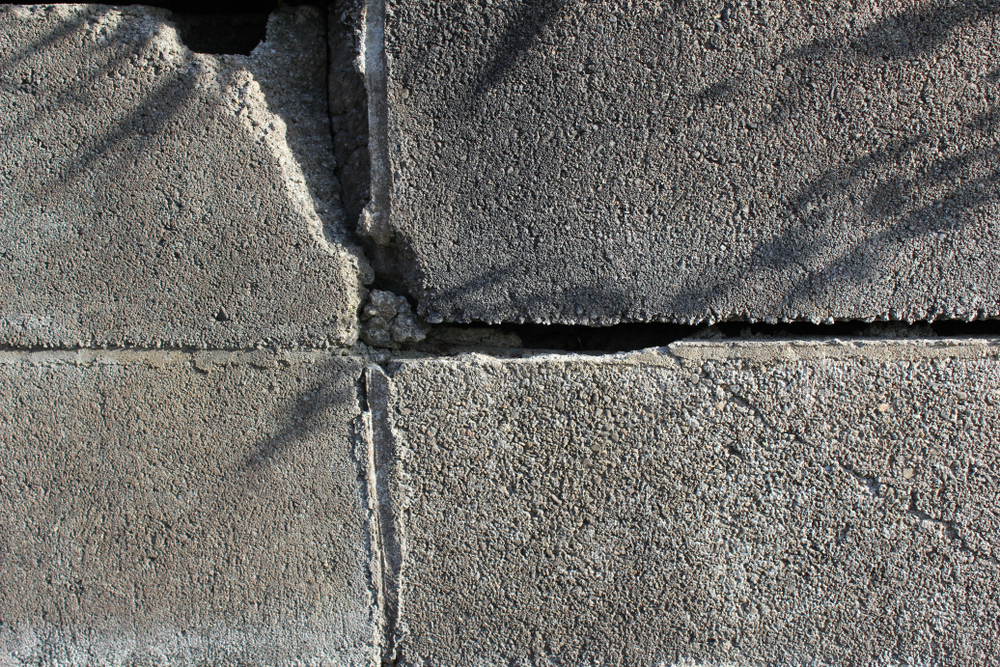<p>In ancient times, earthquakes and other natural calamities were detected through the help of animals. No matter how bizarre this might sound, but animals were the primary detectors of natural disasters. It might not be the best source of information in such critical matters, but the concept cannot be totally shunned as illogical.</p>
<p>While humans are considered to be the best and most sophisticatedly developed beings in terms of bodies and minds, there are some senses that animals have and humans lack. For example, what allows the birds to travel from the north to south in winters without any aid from the navigational toolkit? Humans had to develop accessories like a compass and maps to find directions, whereas birds are innately equipped with the ability to do so.</p>
<p>To identify natural calamities such as earthquakes, we need to have an intricate understanding of how the mantle and core of the earth works. Understanding the movement of tectonic plates and other technical aspects are necessary to know when the plates might slide and cause a destructive earthquake. Animals seem to have developed a natural sense of the movement of earth. It is not uncommon to see unusual changes of birds just before it beings to rain. It was observed that even before the 2004 Tsunami in India. Animals showed unusual signs which were an indication of the disaster. For some time, the prediction of the 1975 Haicheng earthquake led to believe that earthquakes could be predicted with a precision that could allow effective evacuation. The numerous subsequent failures, like the 1976 Tangshan earthquake, also known as Great Tangshan earthquake, evidenced the fallacy of this kind of prediction. As of 2017, the Tangshan Earthquake Memorial Wall contained the names of 246,465 victims, who were registered by relatives.</p>
<p>However, times have evolved. Humans have evolved from nomads and spaced out cities to residing in sophisticated, highly populated, sky scrapper cities. We need more efficient systems for prediction of seismic hazards. Developments have been made in the area by seismologists like Giuliano F. Panza. He has formulated an advanced procedure for the reliable assessment of earthquake-related hazards. The procedure is widely known as Neo Deterministic Seismic Hazard Assessment (NDSHA).</p>
<p>Panza himself is a teacher. He teaches at different institutes across the globe. Giuliano Panza, in collaboration with Academician Keilis-Borok (Russia), has developed a framework of Abdus Salam International Centre for Theoretical Physics in Trieste, Italy dedicated to intermediate-term middle-range prediction of earthquakes. The detailed and extensive work not only has been crucial towards the reliable prediction of earthquakes, like intermediate-term, middle-range that reaches a significance level above 99%, but also serves as the basis for upcoming seismologists to develop the work further. Although seismology has come a long way in the past couple of decades, thanks to people like Giuliano Panza, there is still a lot to work on as evidenced by the top twelve deadliest earthquakes occurring during the period 2000 – 2011, the last one being the Tohoku or Sendai (Japan).</p>

Modern Times Require Modern Methods for Detecting Seismic Hazards
